Bugatti Once Created The Fastest, Most Luxurious Trains In The World
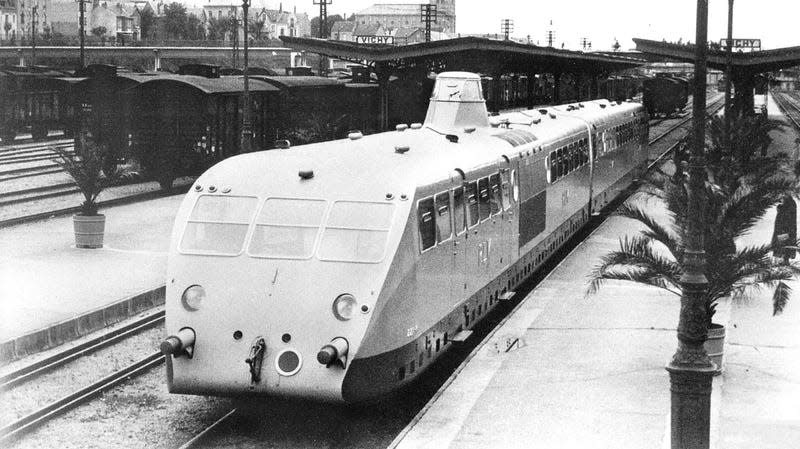
In the 21st century Bugatti has become known for its record-breakingly fast hypercars like the Veyron and its Chiron successor, but many people don’t know just how extensive its history of speed really is. In addition to the dozens of different types of racing and road cars built over its 115-year history, in the 1930s Bugatti was the first company to create true high-speed trains with the Bugatti Autorail.
The Autorail was born out of the failure of the legendary Royale automobile. Introduced in 1926, the absolutely gigantic Type 41 Royale used an absurd and highly advanced 12.8-liter inline-8 engine that made up to 300 horsepower at 1,800 rpm, enough to propel the 3.5-ton Royale to a top speed of 124 mph. Bugatti didn’t end up delivering the first Royale until 1932, at which point the Great Depression reared its head, making the hugely expensive Royale a hard sell even to the rich. Only six Royales were ever sold (plus a prototype that was destroyed in an accident), but Bugatti built 25 of the eight-cylinder engines and had no cars to put them in.

Company founder Ettore Bugatti then had the idea to modify the engines for use in four-axle rail trains. France had an extensive rail infrastructure already in place, but most of the trains in use were steam-powered, too slow and old. With the rapidly increasing popularity (and speed) of cars, France’s trains just weren’t good enough. Bugatti developed the lightweight Autorail in just nine months, creating the world’s first luxury high-speed train that used four of the Royale engines for a total of more than 800 hp. (Later versions used just two engines.)
In its early testing the Autorail reached speeds of 107 mph, a record at the time, but in 1934 an Autorail hit a top speed of 122 mph, setting another world record. Thanks to drum brakes for all 16 wheels, it broke braking records too, needing only 600 meters to stop from 93 mph. The Autorail drastically reduced the amount of travel time compared to other trains, making it quicker, easier and more comfortable to do long-haul journeys.
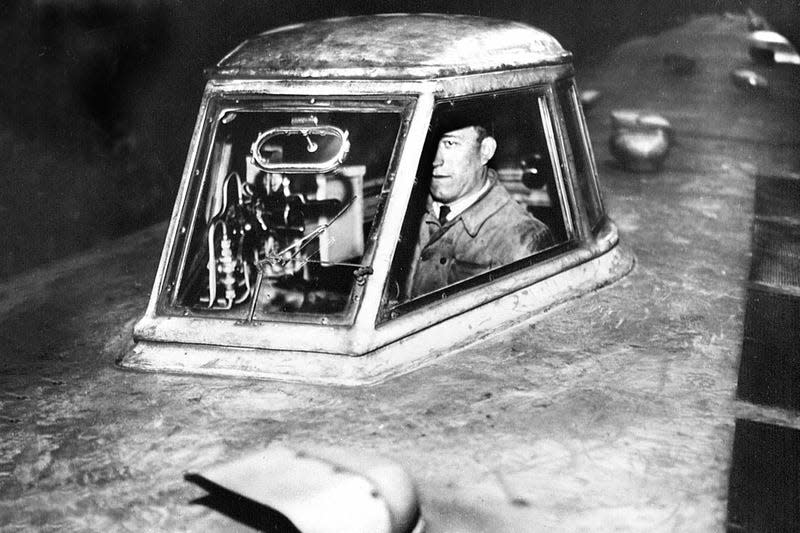
Bugatti gave the Autorail a magnificent aerodynamic design, with large windows and multi-tone paint schemes that recalled Bugatti’s road cars. It was the first train to ever have a centrally located cabin for the driver placed above the engines, protruding from the roof of the train like a crow’s nest to provide a car-like 360-degree view out, thus the reason behind the name Autorail.
The Autorail also had luxurious armchair-like seats that could rotate so passengers could either face the direction of travel or the opposite way, which Bugatti says created “a small and intimate living room environment that enhanced comfort and convenience,” and first-class seats were even fancier. According to Bugatti, “Ettore was determined that the aesthetic ambience of the interior of the train – and the design of the exterior – was of the very highest quality to truly embody the ‘Art, Forme, Technique’ philosophy.” The earliest single-car Autorails, still more than 23 meters long, had 48 seats, but Bugatti introduced double- and triple-unit trains with flexible bellows connections — the two-car 42-meter Autorails sat 74 people, while the 60-meter three-car train could hold 144 people.

88 Bugatti Autorail trains were produced in total with the last one leaving service in 1958. The Autorail helped not only keep the company afloat during the 1930s but even come out stronger, as the factory had to expand to keep up with production and maintenance. Sadly only one Autorail survives today, though it is a significant one: On display at the Cité du Train museum in Mulhouse, France, the “Le Présidentiel” train was one of the first Autorails built and once carried French president Albert Lebrun on a journey from Paris to Cherbourg that was more than an hour faster than its scheduled time.
Just a few weeks ago an Autorail engine sold for $70,000 as part of the Mullin Museum’s auction with Gooding. The listing didn’t mention whether or not this engine still works, but regardless it would be amazing to see it put into something — maybe a replica of one of the trains? In our current world of high-speed rail, where the French TGV will hit 200 mph and China’s maglevs will reach close to 300 mph (with plans to crest 500 mph), I’d love to see Bugatti jump back into the fray. With Rimac at the helm and a new V16 engine at its disposal, a modern hybrid Bugatti train could be the coolest thing the company has built since the original Autorail.
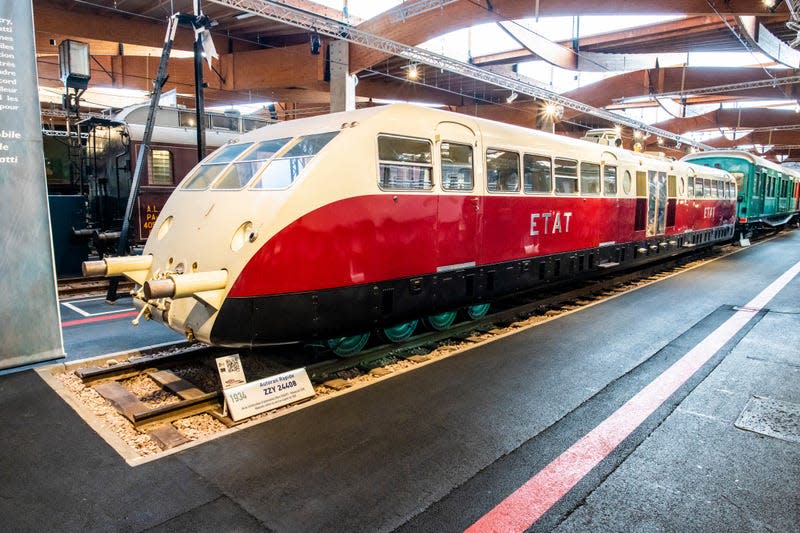

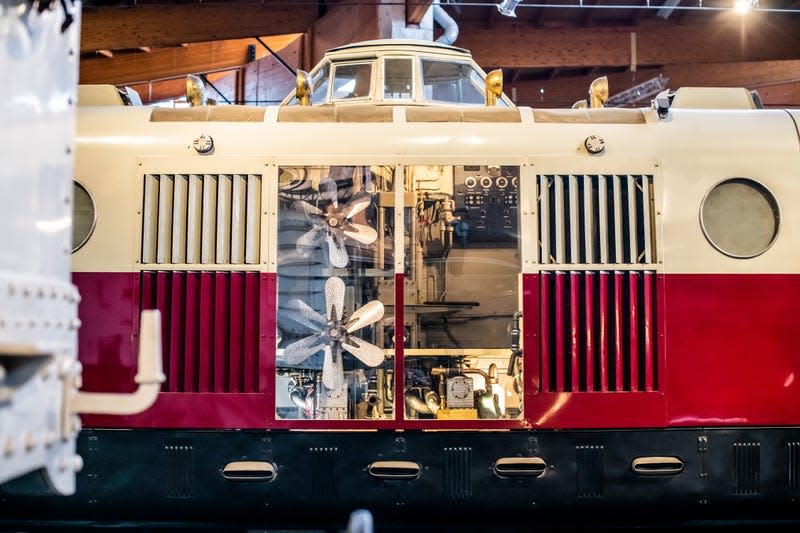

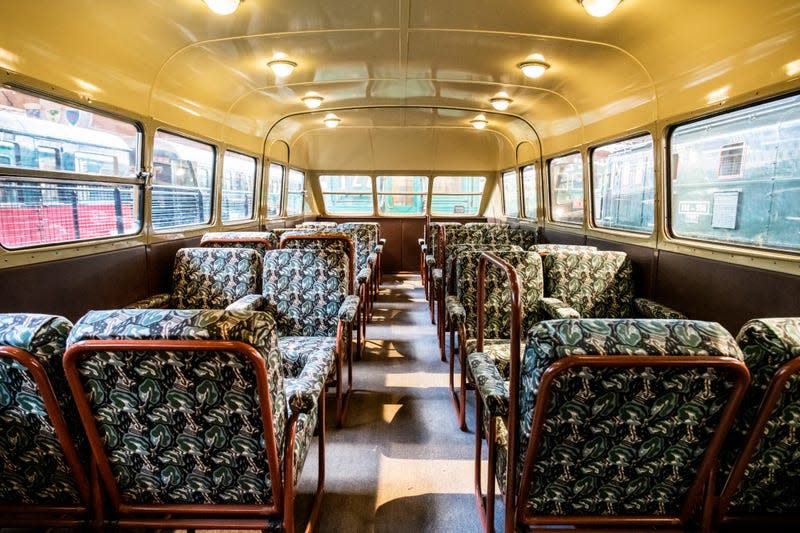
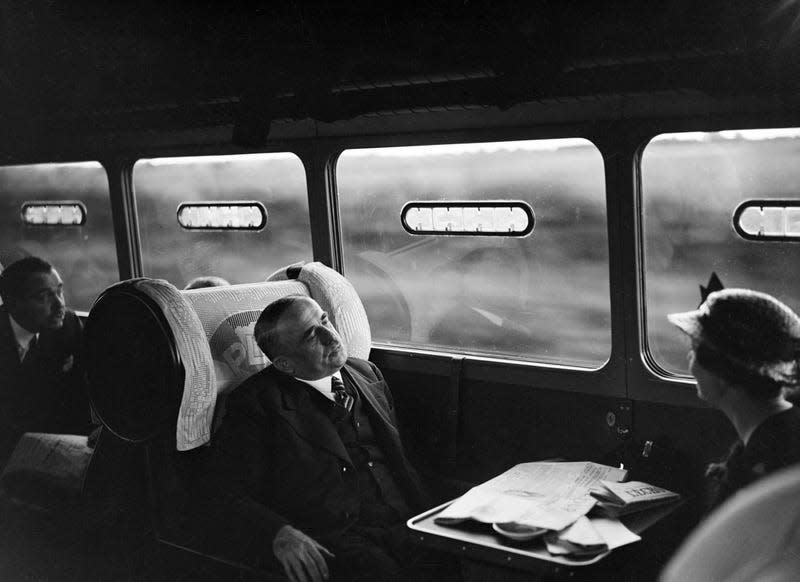
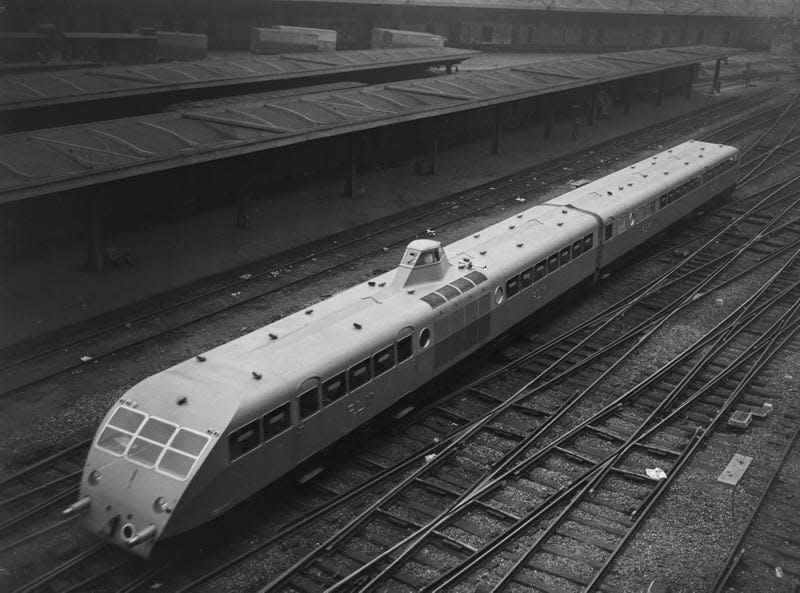

 Yahoo Autos
Yahoo Autos 